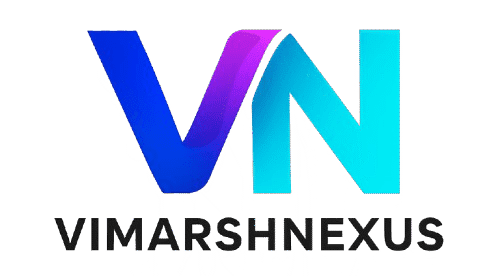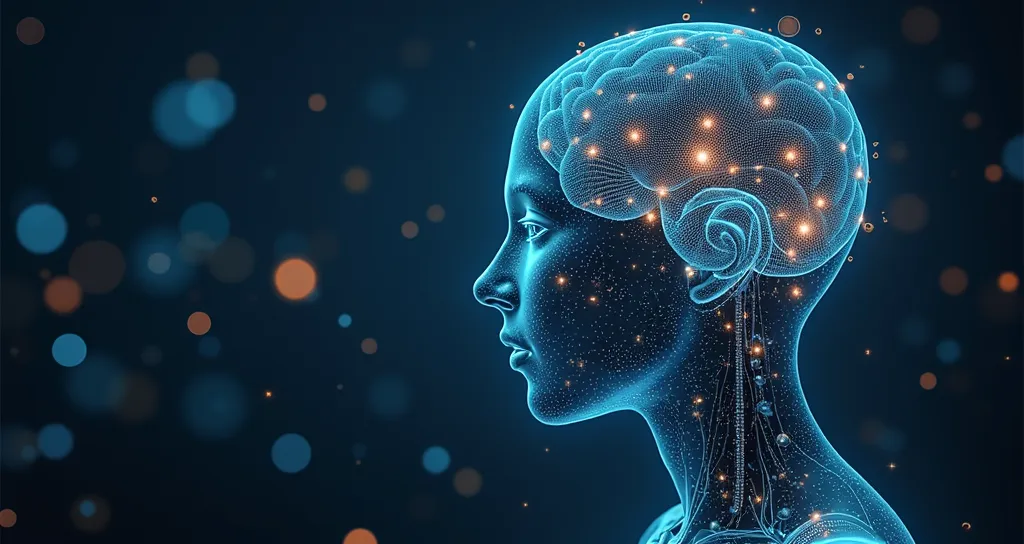📚 Best Geoffrey Hinton Books and Resources to Understand AI
Introduction
If you’re searching for the Best Geoffrey Hinton books and practical resources, you’re in the right place. Called the “Godfather of Deep Learning,” Hinton’s work powers modern AI—from voice assistants like Siri and Alexa to computer vision in self-driving cars. This guide curates his most useful books, lectures, and research so you can learn faster and smarter.
What makes Hinton so unique is that he didn’t just write about AI—he defined it. His groundbreaking work on neural networks and deep learning is the reason why we can now build machines that recognize images, translate languages, and even generate human-like text.
This guide compiles the best Geoffrey Hinton books, lectures, and resources — the same ones that influenced my own learning path and continue to be recommended by AI researchers worldwide.
🧠 Why Geoffrey Hinton’s Work Matters
To understand why Hinton is celebrated, you need to look back at 1986, when he co-authored a now-famous paper on backpropagation. This technique allowed neural networks to “learn” by adjusting their weights, making it possible to train multi-layered networks effectively. At the time, many computer scientists doubted the usefulness of neural nets, but Hinton’s persistence helped revive the entire field.
Fast forward to 2006, when he introduced deep belief networks. This work reignited interest in deep learning, laying the foundation for the AI revolution we see today. From speech recognition in Google Translate to autonomous vehicles, much of modern AI traces back to his theories.
For anyone who wants to understand AI not just as a set of tools but as a growing scientific discipline, Hinton’s work is essential.
📘 Best Geoffrey Hinton Books & Resources (2025)
1. Neural Networks for Pattern Recognition (1995)
Author: Christopher M. Bishop
Publisher: Oxford University Press
ISBN: 978-0198538646
This is the closest thing to a “definitive” Geoffrey Hinton book. It covers neural networks in detail, balancing theory with accessible explanations. For me, this book was a turning point — I finally understood how backpropagation truly works and why it’s so powerful.
👉 Best for: Students, researchers, and AI enthusiasts who want solid fundamentals.
2. Learning Distributed Representations of Concepts (Collected Papers)
Source: Geoffrey Hinton’s Google Scholar
Although not a standalone book, Hinton’s research papers are treasures. His work on distributed representations and Boltzmann Machines anticipated ideas that modern AI relies on today, such as embeddings and generative models. Reading them might feel technical, but they reveal how far ahead of his time he was.
👉 Best for: Readers who want to dig into the original DNA of deep learning.
3. Deep Learning (2016)
Authors: Ian Goodfellow, Yoshua Bengio, Aaron Courville
Publisher: MIT Press
ISBN: 978-0262035613
Even though Hinton didn’t author this, his influence is everywhere in this text. Many of the algorithms and concepts explained here build directly on his earlier work. When I read it, I often needed to pause, rewrite the equations in simpler terms, and revisit the chapters — but the reward was worth it.
👉 Best for: Intermediate to advanced learners seeking a structured foundation.
4. Geoffrey Hinton’s Online Lectures & Talks
Hinton’s lectures are a goldmine. His calm, professor-like way of explaining makes even tough topics approachable. I remember binge-watching his Coursera lectures late into the night, pausing every few minutes to let the concepts sink in.
👉 Best for: Visual and auditory learners who prefer direct explanations from Hinton himself.
💡 Bonus Resources
Key Research Papers:
Talks & Interviews:
These resources provide not just technical depth, but also Hinton’s perspective on where AI is headed — both the opportunities and the risks.
🚀 Suggested Learning Path
Use this sequence to study the Best Geoffrey Hinton books and core resources without confusion.
Begin with Hinton’s online lectures to build intuition.
Move on to Neural Networks for Pattern Recognition for structured fundamentals.
Explore his Google Scholar research papers to dive deeper.
Finally, tackle Deep Learning by Goodfellow et al.
By the end of this path, you’ll have a well-rounded understanding of both the theory and practice of deep learning.
❓ FAQ Section
Q1. Christopher M. Bishop written any books?
Yes, his main book is Neural Networks for Pattern Recognition (1995), published by Oxford University Press.
Q2. What is the best way to study Geoffrey Hinton’s work?
Start with his online lectures, then read his book, followed by his research papers, and finally move to Deep Learning (Goodfellow et al.).
Q3. Are Geoffrey Hinton’s lectures free?
Yes, many of his University of Toronto lectures and YouTube talks are freely available.
Q4. What is Geoffrey Hinton best known for?
He is best known for his work on backpropagation, neural networks, and deep learning architectures.
Q5. Is Geoffrey Hinton still active in AI research?
Yes, though recently he has shifted focus to addressing the ethical challenges of AI, warning about its potential risks.
Conclusion
Geoffrey Hinton’s contributions are more than academic — they shaped the technology that defines our era. His books, lectures, and research are not only resources to study AI but also windows into the thinking of a pioneer.
Whether you’re a beginner fascinated by AI or an advanced researcher seeking deeper insights, starting with Hinton’s work is like tracing the roots of modern AI itself.
Disclaimer
This article is for educational purposes only. The listed resources are based on research and personal learning experience. Readers should choose according to their goals and expertise level.

